All royal monarchies have a couple of vacation homes away from their main palace in the capital. For King Felipe VI and his family, when making the trek to Barcelona, their residence in Catalonia is the Albéniz Palace, right over the city on the famous hill located next to multiple landmarks. Between the main Olympic venue site and the streets that hosted the Spanish Grand Prix in the 1960s and 70s, the building, nearing 90 years in age, stands the test of time (including a bloody war) to keep it well standing for the family and all visitors who walk by.
Related Article: Discover Palau Moja
Table of Contents
A Neo-Classical Masterpiece
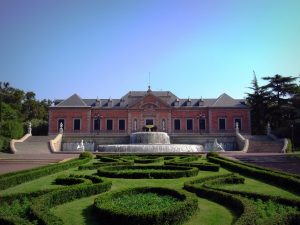


Photo by Almusaiti via Visualhunt
Constructed in 1928 on Montjuic under the reign of King Alfonso XIII and just three years before he was forced to abdicate, Albéniz is the Spanish monarchy’s home during their time in Barcelona. Architects Joan Moya and César Martinell constructed Albéniz initially for the World Expo of 1929 along with other surviving structures such as the Magic Fountain and what is now the Museu Nacional d’Art de Catalunya. Named after the legendary Spanish pianist, Isaac Albéniz, the palace is neo-classical in style with a mural made personally by Salvador Dalí and a collection of tapestries along Goya Hall. Visitors are met at the entrance by two sculpted lions, but that is about as far as they can go. The inside of the palace is off-limits to visitors, but the garden is open and worth seeing.
The Inside
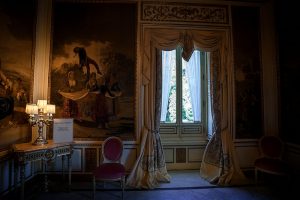


Photo by David Palleja via Visualhunt
If you can get inside for a rare special event hosted at the Albeniz, be attentive to the antique clocks, furniture, lamps, and various pieces of art along with Dali’s mural. But maybe the most notable thing inside is the glass dome created by Carlos Munoz de Pablos, a colored window that hovers above the entire atrium of the building. Glass chandeliers also hang over the big rooms for the royal look expected in these homes. The clocks are built in with the carvings and special decoratives, including candles and pottery, symbolizing the monarchy and Spain as a whole.
Jardins Joan Maragall
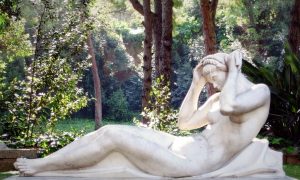


Photo by Almusaiti via Visualhunt
It is the backyard of the residence and yet it is unseen, hidden between the Palau Albeniz and Lluis Companys Olympic Stadium. Like the Palace, Jean-Claude Nicolas Forestier designed the gardens for the World Expo and was later named after the Barcelona-based modernist poet, Joan Maragall. They are open a few hours every day. Among the flowers and bushes are plenty of sculptures, 32 in fact, and lines of trees and large conifers all over. The gardens also include various Mediterranean specimens, including olive trees and palms, blending with their counterparts from all over the coast.
Related article: Urban gardens in Barcelona
At Av. Estadi, 69, the palace and gardens are a pretty place to stroll and get as close as one can to what the Spanish monarchy walks through during their time here. The widened gravel paths let onlookers walk along and discover all of these spaces that split the gardens evenly with the sculptures in between. The noticeably long pool with jets in the middle is the ultimate hello to newcomers. This building, a separate palace away from Madrid with its beautifully manicured landscaping, is a gem worth exploring.
Looking for an apartment in the city? ShBarcelona can help you find the perfect one.
*Main photo by Ferran Barcelona via Visualhunt









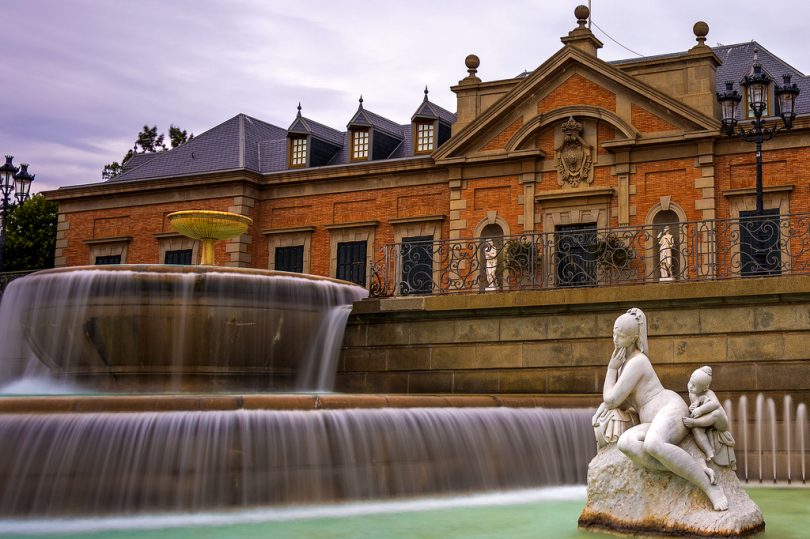


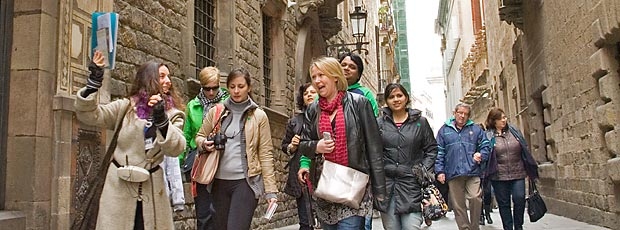
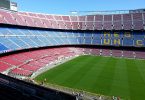

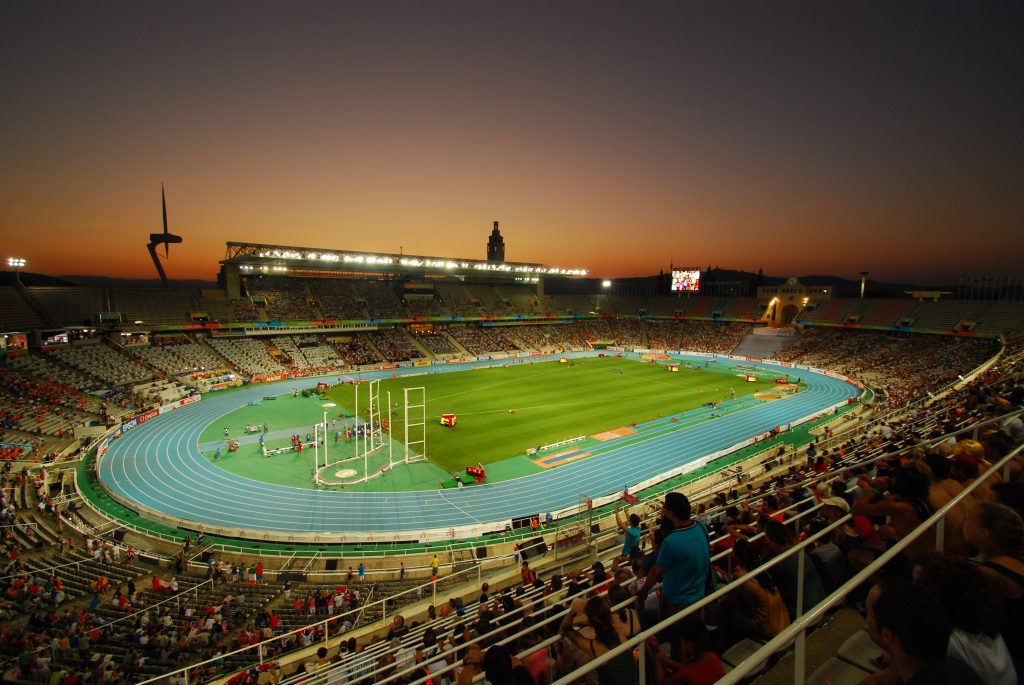
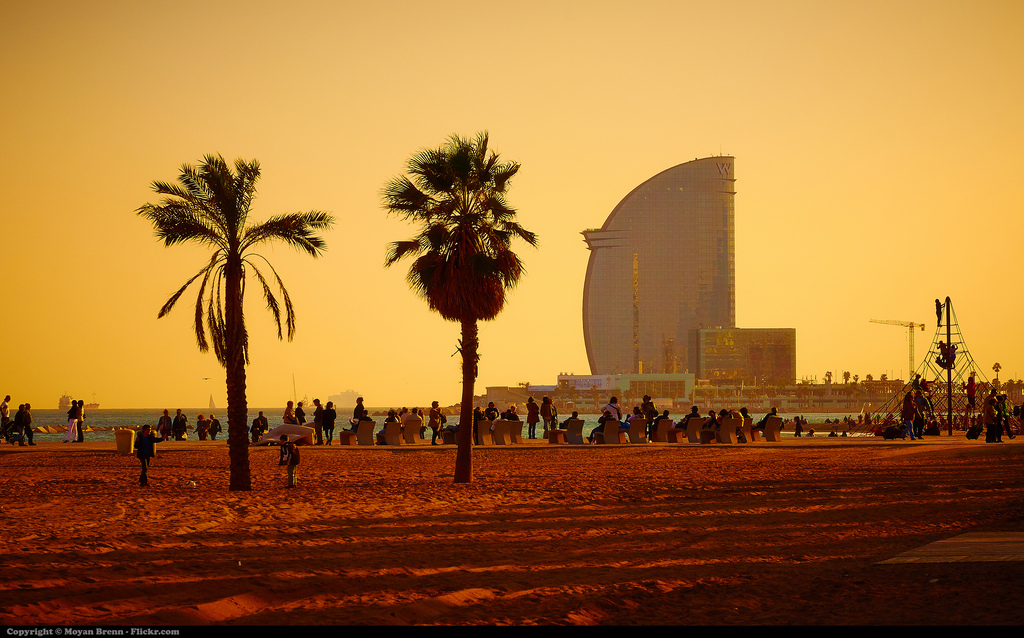
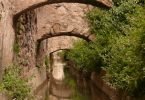
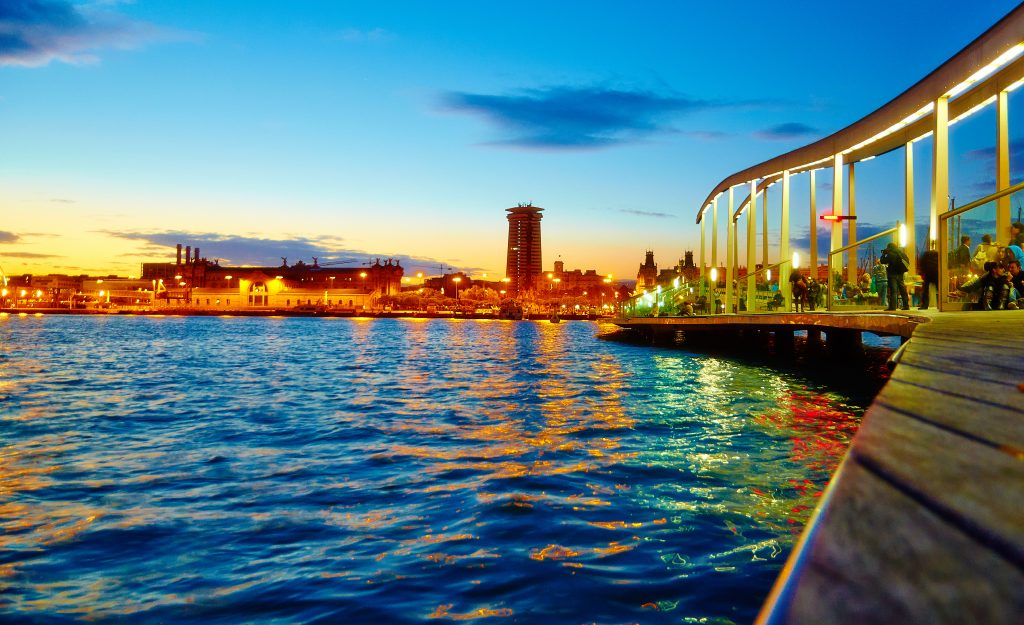
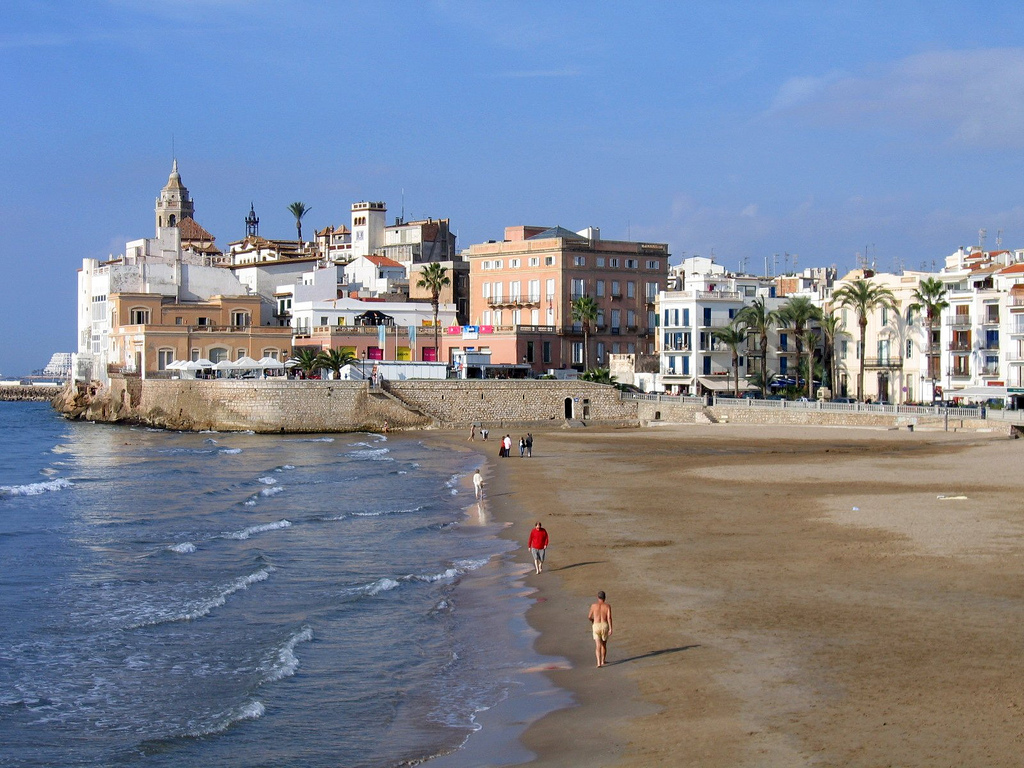

Leave a Comment